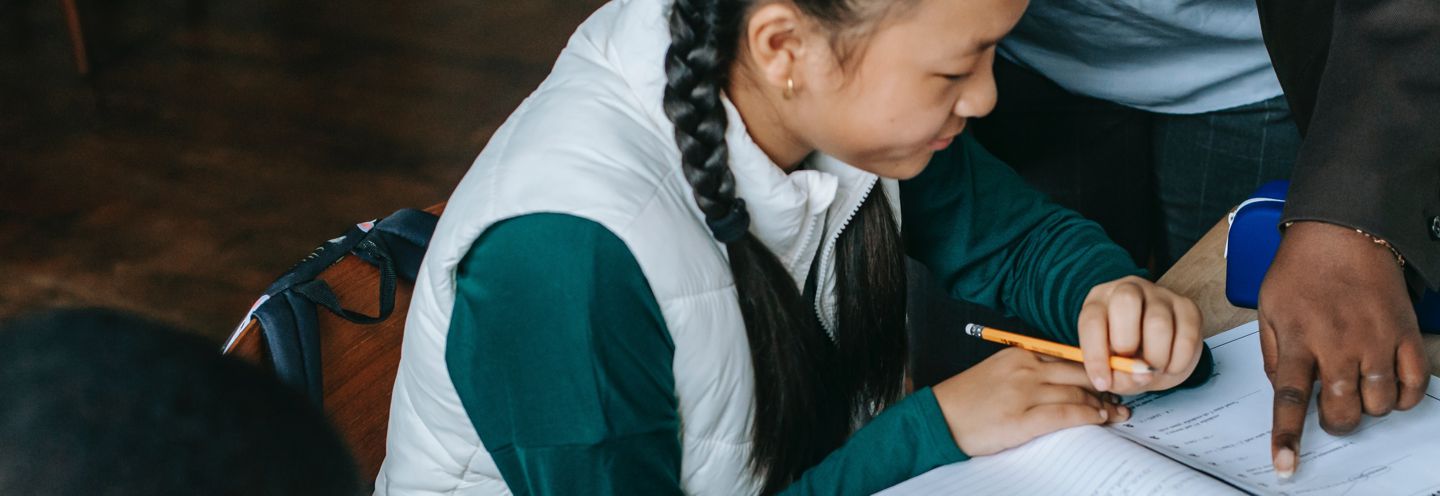Teacher Resources | 232 Results

In this lesson, students learn about media as a source of information, and how this information is presented from a particular point of view.

In this lesson, students learn how different media use different techniques to communicate meaning.

In this lesson, students explore the ways in which the media frame is used to tell stories.

In this lesson, children begin to think about basic concepts such as how audiences interpret meaning, and the constructed world of television and film.

This lesson is one of a five-part unit that provides teachers with ideas for teaching TV in the elementary classroom. In this lesson, students look at the equipment used to produce television and

This lesson plan explores the relationship between technology and the law by examining how the criminal law responds to technologically facilitated violence (TFV). Not only will it enhance students’

This lesson introduces students to the theory behind television ratings and encourages them to explore the commercial pressures driving the medium.

This lesson is part of a unit that explores news journalism across the media.

"Television Newscasts" helps students develop a critical awareness of how television news is shaped and manipulated and how they, as audience members may be affected by this.

In this lesson, students begin by considering one of five scenarios that illustrate unhealthy relationship behaviours relating to digital media: pressuring others to share private content,

